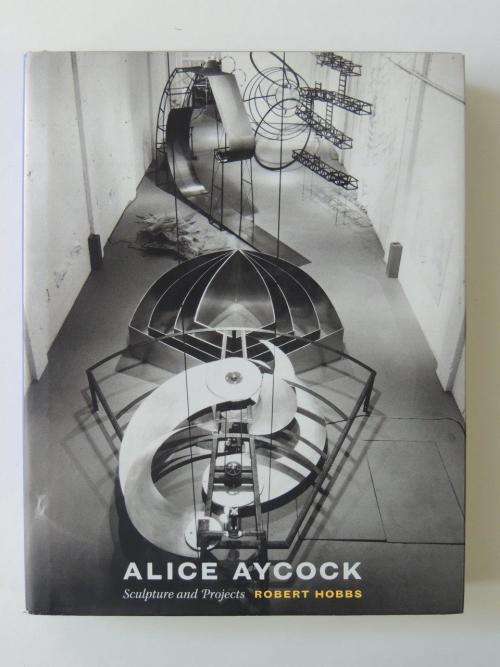
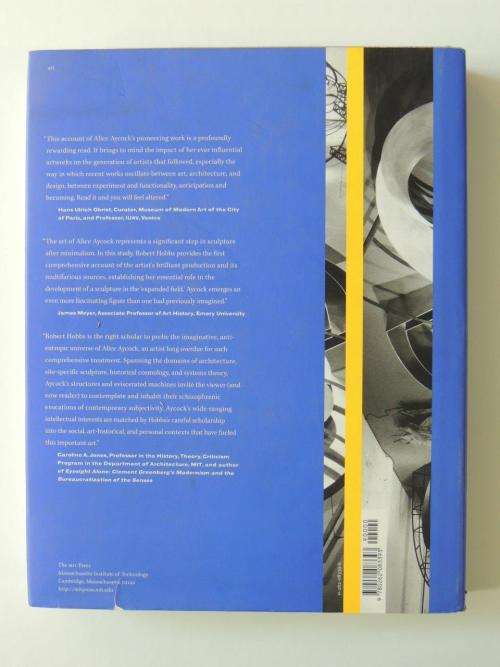
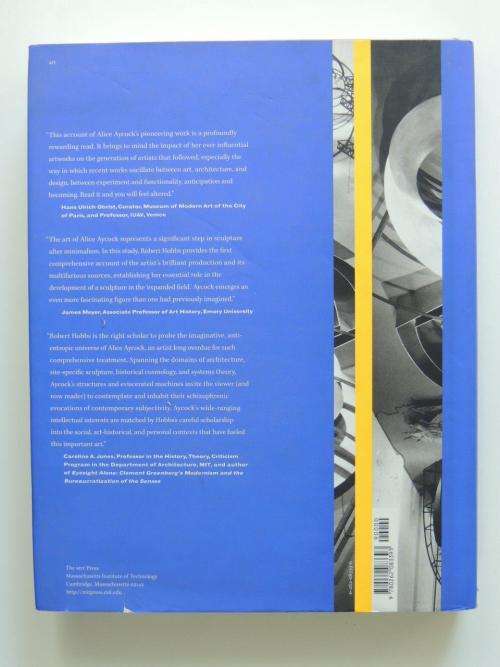
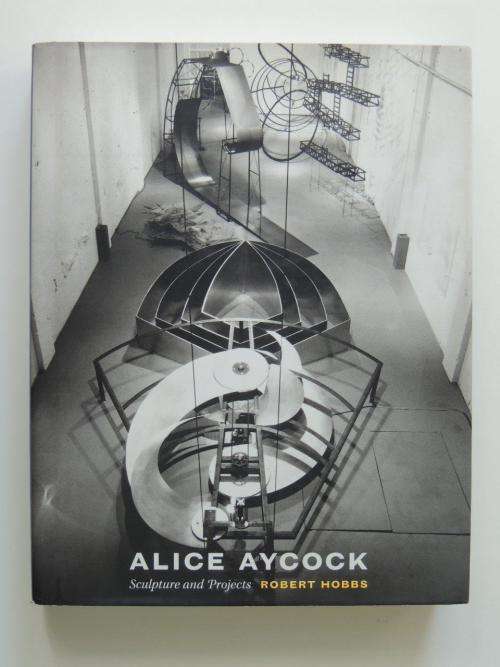


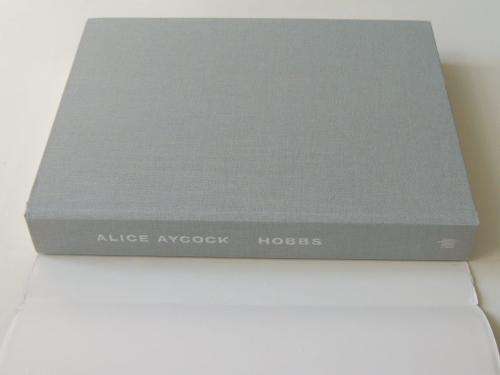
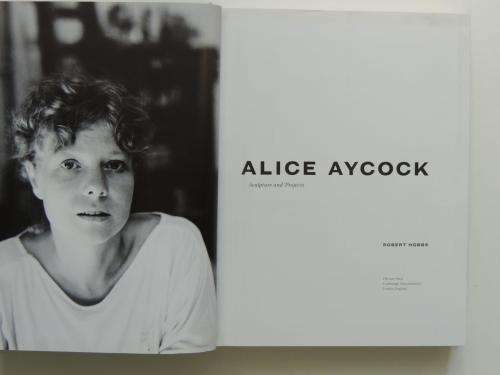
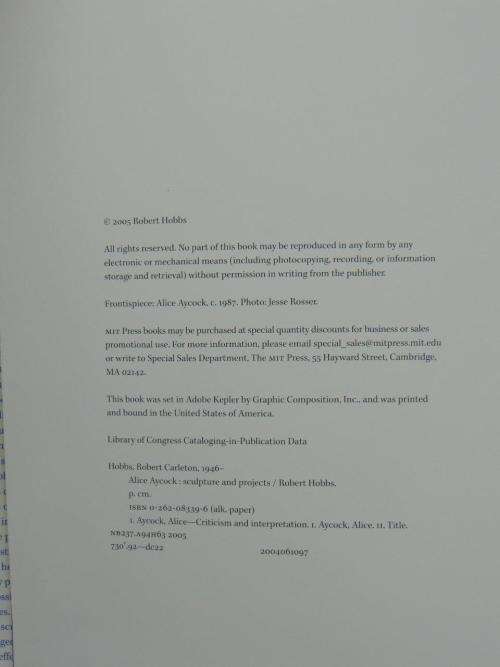
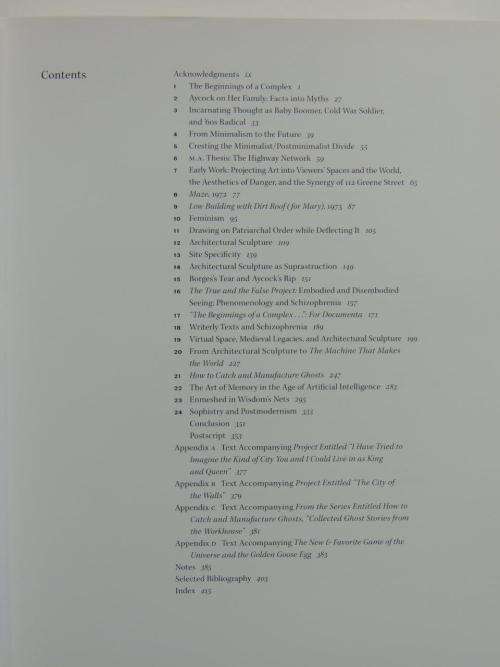
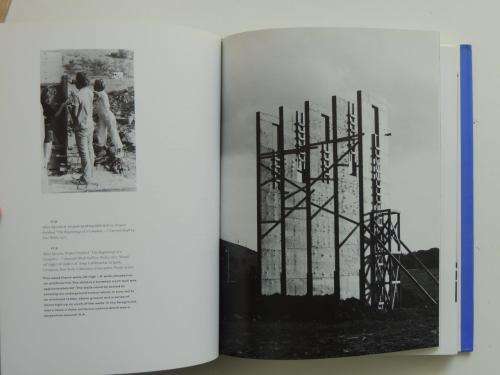
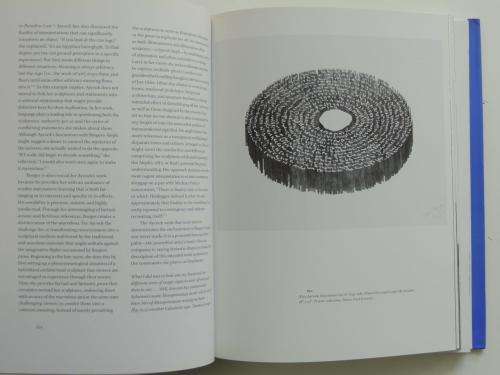

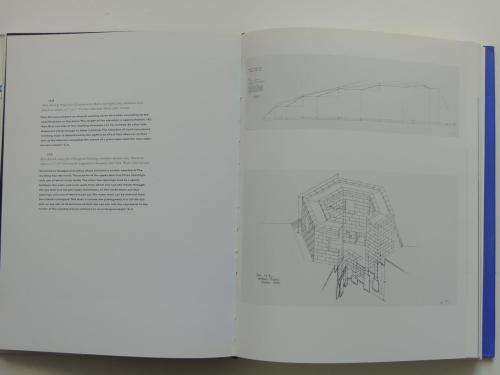





Alice Aycock - Sculpture and Projects - by Robert Hobbs
Check my rate
View locations
| Main centres: | 1-3 business days |
| Regional areas: | 3-4 business days |
| Remote areas: | 3-5 business days |



















| Main centres: | 1-3 business days |
| Regional areas: | 3-4 business days |
| Remote areas: | 3-5 business days |
Alice Aycock's large, semi-architectural works deal with the interaction of structure, site, materials, and the psychophysical responses of the viewer. Offered meaningful but contradictory clues by both her images and her texts, viewers attempt to discover not only what the work of art conveys but how it communicates its contents, in investigations that parallel the artist's own. In Alice Aycock: Sculpture and Projects, Robert Hobbs examines the development of Aycock's work over twenty years and her negotiationalong with other artists who came of age in the early 1970sof the transition from modernism to postmodernism.
"The problem," wrote Aycock in 1977, "seems to be how to connect without connecting." Hobbs describes Aycock's strategies for doing just this: for creating a work with disparate image and texts that offer a new perspective on reality. Influenced by the "specific objects" of minimalism's hybrid forms and by conceptualism's emphasis on language, Aycock relies on paradigms, cybernetics, phenomenology, physics, post-structuralism, psychoanalysis, information overload, outdated scientific thinking, and computer programming to create a "complex" that is architectural and sculptural as well as mental and emotional.
Schizophrenia and other mental conditions, sometimes considered metaphors for the disconnections of postmodern existence, are specific sources of inspiration in Aycock's work.
By exploring the physical and existential positions of isolation, estrangement, disorientation, entrapment and fear, her three-dimensional constructions not only posit alternative states of mind, they suppose possible narratives and suggest multiple truths and lies.
Aycock's work invites the viewer to experience sculpture with the entire body and a fully mind. Her sculpture has had a transformative effect on the contemporary art experience.
Soft grey cloth covered boards; corners are fine, gilded titling on spine. A clean tight new copy. Internally, firmly bound. Pages are tidy and clean.
Hardcover. New.
Dust Jacket: Fine, some shelf wear at the bottom, a small nick near the bottom of the soine, two small tears on the bottom edge on back cover. Light scuffing on covers, nothing major.
Published by The MIT Press (2005)
Binding Condition: New
Overall Condition: New
A virtuous and highly informative copy.
Please ask for shipping quote before ordering, as this copy is large format and a bit on the heavy side.